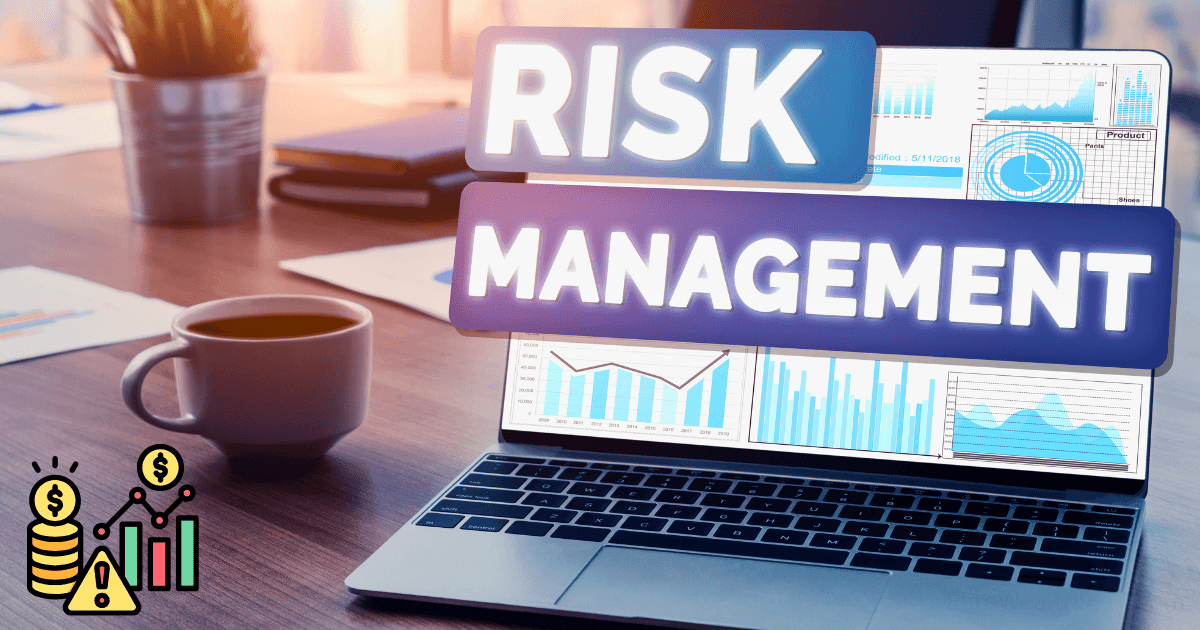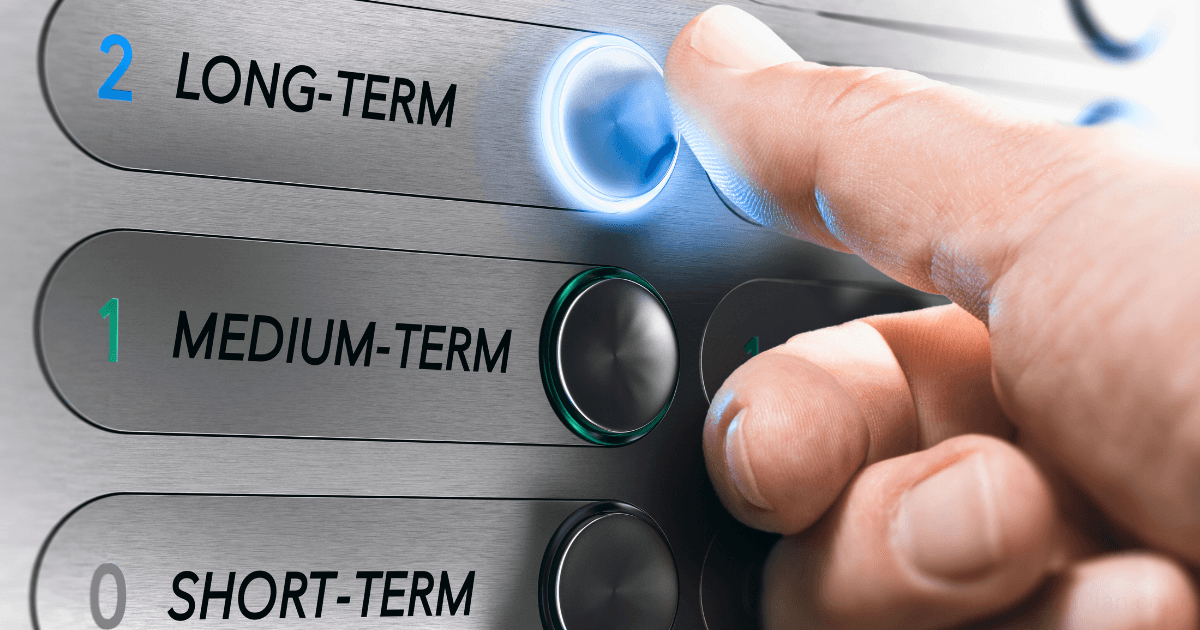Day Trading for Side Income: Realistic Expectations and Risk Management Strategies

The allure of day trading is undeniable: financial independence, working from anywhere, and potentially unlimited income. Social media is flooded with images of traders flaunting exotic cars and beachfront laptops, creating the impression that day trading is an easy path to wealth.
But what’s the reality behind the Instagram filters? Can day trading genuinely provide sustainable side income, or is it merely a high-risk gamble disguised as a wealth-building strategy?
As someone who has spent years in both financial markets and studying the psychology of wealth creation, I’m going to break down the unvarnished truth about day trading for side income. This isn’t about discouraging you—it’s about setting realistic expectations and equipping you with the risk management strategies that separate the minority of successful traders from the majority who lose money.
The Hard Truth: Day Trading Success Rates and Expectations
Before diving into strategies, let’s establish a foundation of reality about day trading:
The Statistical Reality
According to multiple studies and industry data:
- Over 70% of day traders lose money, with many experiencing significant losses in their initial months (New Trading)
- The majority of profitable day traders make modest returns rather than life-changing wealth
- Most successful day traders have years of experience and substantial starting capital
- Day trading has become increasingly competitive with the rise of algorithmic trading and high-frequency trading firms
These statistics aren’t meant to discourage you but to establish realistic expectations. Day trading isn’t a get-rich-quick scheme—it’s a skill-intensive profession that requires significant time, education, and psychological discipline.
Time Commitment Reality
Many aspiring traders underestimate the time required to become profitable:
- Learning curve: 6-12 months of intensive study before consistent profitability
- Daily preparation: 1-2 hours before markets open for research and planning
- Active trading: 2-6 hours of focused market participation
- Post-market analysis: 1 hour reviewing trades and preparing for the next day
This time commitment makes day trading challenging as a true “side” income source unless you have significant flexibility in your primary employment.
Capital Requirements Reality
Another often-overlooked aspect is the capital required:
- Pattern Day Trader (PDT) rule: Requires a minimum of $25,000 in a margin account to day trade stocks in the U.S.
- Realistic starting capital: Even without PDT restrictions, starting with at least $10,000-$15,000 provides the necessary buffer for inevitable learning losses
- Risk capital only: Never trade with money you can’t afford to lose entirely
As Warrior Trading emphasizes, funds for day trading should be discretionary and not needed for essential expenses like food and shelter.
The Psychological Edge: Mindset Requirements for Success
Day trading success is approximately 80% psychology and 20% strategy. The most sophisticated trading system will fail in the hands of someone with poor psychological discipline.
The Winning Trader’s Mindset
Research from the Corporate Finance Institute identifies several psychological traits that distinguish profitable traders:
- Self-confidence without arrogance: Maintaining belief in your abilities despite inevitable losing trades
- Comfort with uncertainty: Accepting that perfect information doesn’t exist in markets
- Adaptability: Quickly adjusting to changing market conditions without emotional attachment
- Discipline: Following predetermined rules regardless of emotional impulses
- Objectivity: Analyzing market data without confirmation bias
Common Psychological Pitfalls
Equally important is understanding the psychological traps that derail most traders:
- Fear and greed cycles: Panic-selling during drawdowns and over-leveraging during winning streaks
- Revenge trading: Attempting to recover losses through increasingly risky positions
- Confirmation bias: Seeking only information that supports your existing market view
- Overconfidence after wins: Attributing success to skill rather than sometimes just favorable market conditions
- Analysis paralysis: Overthinking decisions to the point of missing opportunities
As noted in a popular Reddit discussion, “A bad mental state can lead to poor trading decisions, regardless of the trading environment.” Mastering trading psychology often takes years of conscious effort and self-reflection.
Risk Management: The Foundation of Sustainable Trading
If psychology is the engine of trading success, risk management is the chassis that prevents catastrophic breakdown. Here are the essential risk management principles every day trader should implement:
The 1% Rule: Capital Preservation Above All
The single most important risk management principle is limiting exposure on any single trade:
- Never risk more than 1-2% of your total trading capital on a single position
- For a $10,000 account, this means a maximum risk of $100-$200 per trade
- This rule ensures that even a string of 10 consecutive losses (which happens to every trader eventually) won’t devastate your account
As High Strike Trading notes, this seemingly conservative approach is what allows traders to survive long enough to become profitable.
Position Sizing: The Mathematical Edge
Position sizing is the practical application of the 1% rule:
- Determine your stop loss point based on technical analysis (not arbitrary dollar amounts)
- Calculate the difference between your entry price and stop loss
- Divide your maximum risk amount by this difference
- The result is your proper position size (number of shares or contracts)
For example:
- Account size: $20,000
- Maximum risk per trade (1%): $200
- Entry price for Stock XYZ: $50
- Stop loss price: $48
- Risk per share: $2
- Proper position size: $200 ÷ $2 = 100 shares
This mathematical approach removes emotion from sizing decisions and ensures consistent risk management.
Risk-Reward Ratio: Only Take Quality Setups
Not all trading opportunities are created equal. Successful traders filter potential trades through risk-reward analysis:
- Minimum 1:2 risk-reward ratio for any trade (risking $1 to potentially make $2)
- Preferably 1:3 or better for optimal long-term profitability
- This allows profitability even with a win rate below 50%
With a 1:3 risk-reward ratio, you could be wrong on 6 out of 10 trades and still be profitable:
- 4 winning trades × 3 units = 12 units profit
- 6 losing trades × 1 unit = 6 units loss
- Net result: +6 units
Diversification of Strategies
Relying on a single trading strategy is dangerous in changing market conditions:
- Develop 2-3 distinct trading strategies for different market environments
- Allocate capital across these strategies based on current market conditions
- Regularly backtest and forward-test all strategies to ensure continued effectiveness
As Warrior Trading emphasizes, diversification of trading strategies can significantly reduce the risk of failure in changing markets.
Practical Day Trading Strategies for Side Income
With realistic expectations and risk management principles established, let’s explore practical day trading strategies that can potentially generate side income:
1. Gap and Go Strategy
This strategy capitalizes on stocks that open significantly higher or lower than their previous close:
- Identify stocks with significant pre-market gaps (usually due to news or earnings)
- Wait for the first 5-15 minutes after market open to observe price action
- Enter in the direction of the gap if volume confirms the move
- Use tight stops below key support levels (for long positions) or above resistance (for shorts)
- Take profits at predetermined price targets based on previous resistance/support levels
This strategy works well for traders with limited time, as most action happens in the first 60-90 minutes of the trading day.
2. Breakout Trading
Breakout trading focuses on stocks breaking through established support or resistance levels:
- Identify stocks consolidating in a tight range near significant price levels
- Wait for a decisive break of the range on increased volume
- Enter when price confirms the breakout (often on a retest of the broken level)
- Place stops just below the breakout level to minimize risk
- Target the next major resistance level for profit taking
According to High Strike Trading, breakout trading seeks to exploit strong price movements when the market breaks out of a defined range, often leading to substantial moves.
3. Reversal Trading
This counter-trend strategy identifies potential turning points in overextended moves:
- Look for stocks that have made extreme moves in one direction
- Identify reversal candlestick patterns at support/resistance levels
- Confirm with technical indicators showing divergence or oversold/overbought conditions
- Enter with tight stops beyond the reversal pattern
- Scale out of positions at multiple profit targets
This strategy requires more experience but can be highly profitable when executed correctly.
Building a Sustainable Day Trading Practice
To transform these strategies into sustainable side income, follow this structured approach:
1. Education Before Execution
Before risking real capital:
- Study market mechanics and order types thoroughly
- Learn technical analysis fundamentals (support/resistance, trend identification, volume analysis)
- Understand candlestick patterns and what they reveal about market psychology
- Practice with paper trading for at least 3 months
- Track results meticulously to identify strengths and weaknesses
As Andrew Aziz notes in his bestselling book “How to Day Trade for a Living”, profit in trading comes from practice, the right tools, and ongoing education—not just from reading about strategies.
2. Start Small and Scale Gradually
Once you begin trading with real capital:
- Begin with smaller position sizes than your risk management rules allow
- Increase size only after demonstrating consistency with smaller positions
- Track performance metrics beyond just profit/loss (win rate, average win/loss, largest drawdown)
- Increase position size in 25% increments as consistency improves
- Never increase size after a winning streak (a common psychological trap)
3. Develop a Pre-Market Routine
Successful day trading requires preparation:
- Wake up at least 1.5 hours before market open
- Review major market indices and futures to understand overall market direction
- Identify potential trade candidates based on pre-market movers and news
- Prepare trading plan with specific entry, stop, and target levels for each potential trade
- Set alerts for price levels that might trigger entries during the day
According to Medium, having a solid strategy is essential in the current trading environment dominated by algorithms and high-frequency trading.
4. Implement Strict Record-Keeping
Professional traders treat their activity as a business:
- Maintain a detailed trading journal documenting every trade
- Record both technical and psychological factors for each trade
- Calculate key performance metrics weekly and monthly
- Identify patterns in winning and losing trades
- Regularly review and refine your trading plan based on this data
This analytical approach transforms trading from gambling to a data-driven profession.
Realistic Income Expectations
With proper risk management and consistent execution, what kind of side income can day trading realistically generate?
Early Stage (First Year)
- Expect to be breakeven or slightly negative after commissions and fees
- Focus on minimizing losses rather than maximizing gains
- Success metric: Keeping drawdowns under 10% of account value
Intermediate Stage (1-2 Years)
- Monthly returns of 1-3% become achievable with consistency
- On a $25,000 account, this translates to $250-$750 monthly
- Success metric: Achieving profitability in 7 out of 12 months
Advanced Stage (3+ Years)
- Consistent monthly returns of 5-10% become possible
- On a $50,000 account, this could generate $2,500-$5,000 monthly
- Success metric: Maintaining consistent profitability while increasing position sizes
These expectations assume:
- Disciplined risk management
- Continuous education and improvement
- Trading in favorable market conditions
- Managing psychological factors effectively
Conclusion: Is Day Trading Worth Pursuing for Side Income?
After examining the statistical realities, psychological requirements, and risk management necessities, is day trading a viable path to side income?
The answer is nuanced:
- For most people: No. The time commitment, capital requirements, and psychological discipline required make other side income sources more practical and reliable.
- For a dedicated minority: Yes, but with caveats. Those willing to treat day trading as a serious part-time profession—investing hundreds of hours in education, developing strict risk management protocols, and maintaining psychological discipline—can potentially generate meaningful side income.
The path to profitable day trading is neither easy nor quick, but for those with the right temperament and commitment, it remains one of the few endeavors where an individual can compete in global financial markets from anywhere in the world.
If you decide to pursue day trading, remember that capital preservation always comes before profit generation. As the old trading adage goes: “Take care of your losses, and the profits will take care of themselves.”
Have you experimented with day trading for side income? What strategies have worked best for managing risk? Share your experiences in the comments below.







